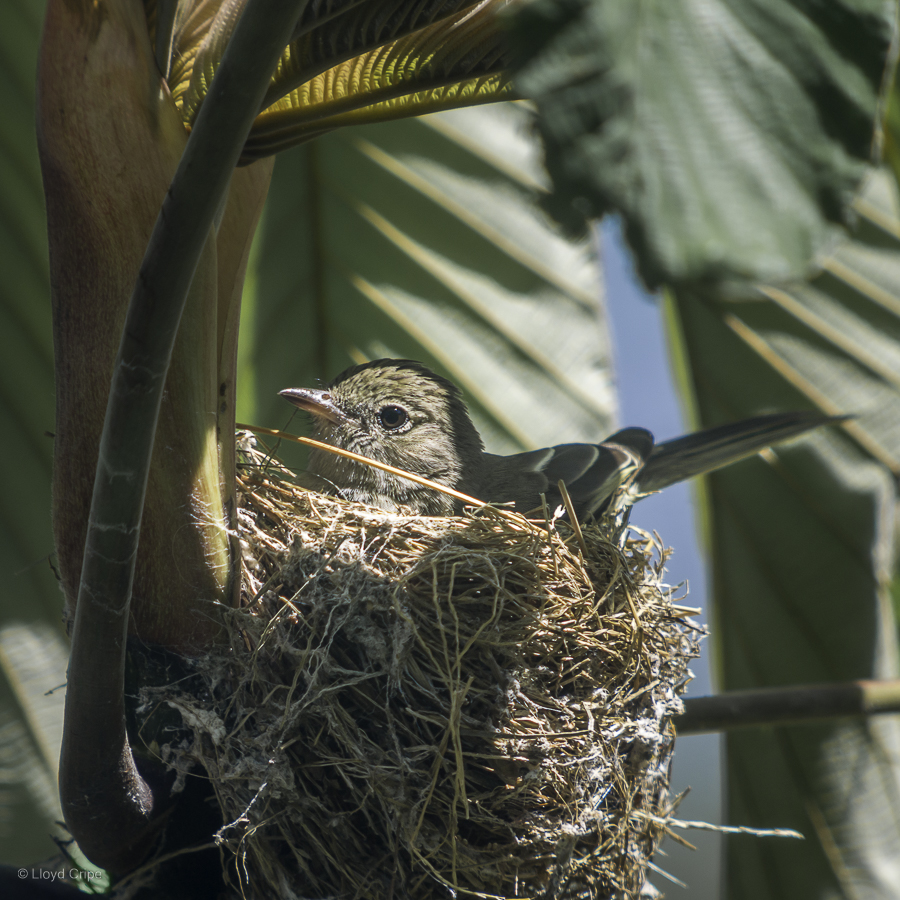| April 3, 2024 | No.180 |
March 2024
(Back Issues Here)
We had 4.02 inches of rain at the Palmira Arriba Station during the month of March 2024. It was another dry season month with some sporadic hopes of transitioning into the rainy season.
Rainfall for March 2024 |
|||
Area |
Contributors |
March 2024 |
Total 2024 |
| El Salto Arriba | Beth Corwin | 0.51 | 2.49 |
El Santuario |
Robert Boyd |
0.37 | 2.41 |
| Palo Alto | Rodrigo Marciacq | 1.4 | 5.05 |
| Los Cabazon | Don Hughes | 0.83 | 3.47 |
Jaramillo Arriba |
Steve Sarner |
2.35 | 7.71 |
| Jaramillo Arriba | Mark Heyer | 1.72 | 4.02 |
Jaramillo Abajo |
Don Berkowitz |
11.87 | 18.65 |
Jaramillo Abajo |
John McGann |
8.58 | 14.75 |
| Palo Alto | Nancy Pettersen | 1.30 | 7.66 |
| Valle Escondido | Gisela Remsen | 4.29 | 6.15 |
| Brisas Boquetenas | Dennis Decorte | 3.70 | 6.80 |
| Brisas Boquetenas | Richard Sturz | 7.31 | 12.10 |
| El Encanto (Volcancito) | Brian Baldwin | 3.75 | 5.58 |
Cerro Verde (Volcancito) |
Charlotte Lintz |
1.64 | 3.65 |
Santa Lucia |
Paula Litt |
4.20 | 7,13 |
| Caldera | Chris McCall | 7.35 | 9.48 |
| Lucero | Mike Joy | 14.65 | 21.35 |
Boquete Country Club |
Paul Arrandale |
9.09 | 14.00 |
| Palmira Abajo | Andrea Boraine | 5.60 | 12.35 |
| Palmira Abajo | Dave Nichols | 6.63 | 11.18 |
Palmira Arriba |
Lloyd Cripe |
4.02 | 7.70 |
| N/A = Not Available | |||
Throughout the District of Boquete, the rain for March 2024 was variable. The highest reported rainfall was by Mike Joy at Lucero with 14.65 inches and the lowest reported was by Robert Boyd at El Santuario with 0.37 inches.
Note that the highest rain falls were reported from areas of lower elevation in the south part of the district (Lucero, Jaramillo Abajo, Caldera, Brisas Boquetenas). The rains came to these areas from the high cumulus clouds moving north from the Pacific Ocean. Also note that the areas in the northern parts of Boquete had lower rainfall. There was less Bajareque and rainfall in the northern parts of the discrict. Also fewer rainbows for us admire.
Looking at past data from the Palmira Arriba Station over a span of 17 years, the average rainfall for the month of March has averaged 1.82 inches with a range between 0.00 inches to 7.09 inches. This March we had 4.02 inches at the Palmira Arriba Station which is more than usual.
March is typically another month of the Dry Season with some increase of rain as we move into the month of April.
Average winds were 5.30 mph with maximum winds of 25.9 mph at the Palmira Arriba Station. Winds of course vary depending on where you live in the District. We will continue to have some winds in April but they will gradually decline in strength along with some increased rain.
The average temperature in March was 70.91 degrees Fahrenheit with a low of 58.8 and a max high of 87.4.
The latest ENSO Cycle Report is saying that "El Niño conditions are observed. Equatorial sea surface temperatures (SSTs) are above average across the central and east-central Pacific Ocean. The tropical Pacific atmospheric anomalies are weakening. A transition from El Niño to ENSO-neutral is likely by April-June 2024 (83% chance), with increasing odds of La Niña developing in June-August 2024 (62% chance)."
The IRI (International Research Institute for Climate and Society) (select South America from the Region menu) is predicting that Panama will probably have above normal precipitation during the months of April-May-June 2024 (light green and green).
.gif)
IMHPA's documents section predicts that the expected rainfall for March and April in Panama will be generally at normal to above normal levels depending upon the region. You can read their report and check out the details in the "documents" section at this link.
We had a surprise a few days ago as we sat on our south facing patio having lunch. In a near by Cecropia tree we saw a limb bobbing up and down with what looked like a nest. It was about 30 feet away. With binoculars we could see the nest and a small bird setting on it. It was a Mountain elaenia on the nest. It would periodically get off the nest and fly away probably looking for food (insects?). It was noon so the sun was high and keeping things warm. I grabbed my digiscope photography setup and got a photo of this special moment in nature. We couldn't see this very well with naked eyes, but binoculars and the spotting scope zoomed right in to check out the details. It made us smile.

Incidentally, with the increased rains, especially the beginning of the rainy season, more insects hatch out and providing more food for the birds. Breeding and nesting increase. May is an active reproduction time for a lot of birds. Keep your eyes peeled for more nests.
April is typically a transition month as we move into the rainy season in May which is usually one of our rainiest months of the year. Expect another month of less (but increased) rain in April. Get those umbrellas ready for the May downpours.
Lloyd Cripe
